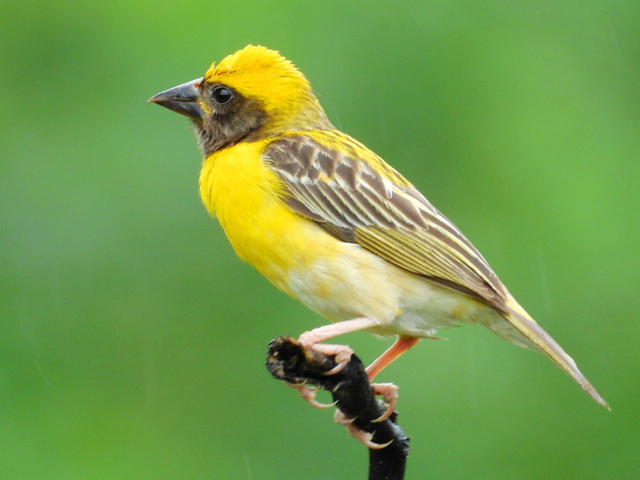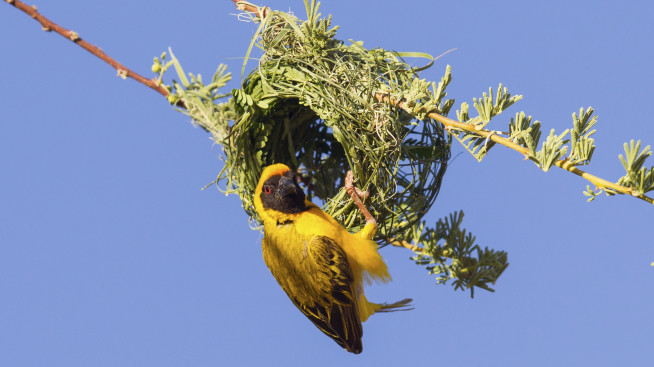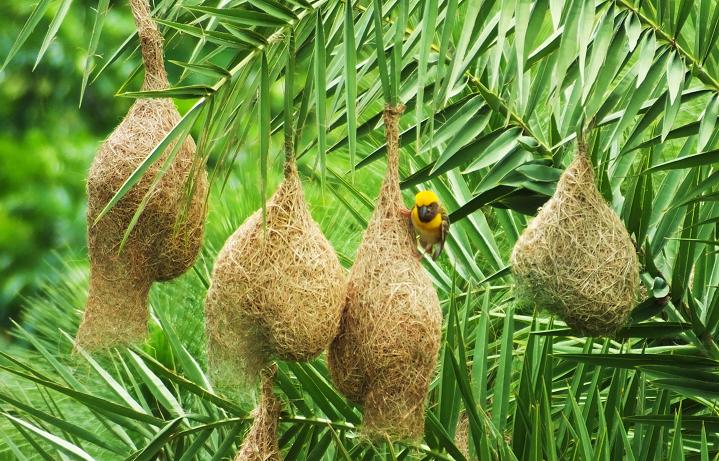It’s not that only humans can be great Designers. God has given amazing potential to many birds, insects, and animals to create astonishing Designs and structures. Many of the structures created by animals and birds are unbelievable and extraordinary.
Baya Weavers (Ploceus philippinus) is a weaverbird found across the Indian Subcontinent and Southeast Asia. These birds are generally found in grasslands and cultivated areas. Though these birds are small in size yet they are well-known to make big nests which are found attached to branches of trees and shrubs and even frons of palms.
Baya weaver nests are exclusively built by the males and displayed to the females. Females make their selection based on many factors. Among birds, elaborate nests and decorations built by males may help females to assess a male’s quality. One of the most popular architectural attributes of the weaver nest is the entrance tube, which can get as long as 90 cm. Female birds are also selective in choosing nests which would be safer for them (in terms of nest height and location).

Baya weaver male
It has been observed that female birds are attracted to nests which are safely located in thorny trees, farther away from the trunk and situated high above the ground. Thornless trees are more vulnerable to attacks of predators like snakes, the thorny ones are safer for birds.

Weaver Bird
Nesting success also increases with the thickness of supporting branch and for nests which are woven with fine fiber. Thick branches may stabilize nests during strong monsoon winds, and may also be less likely to break. These nests are widespread and are also built keeping in mind local and seasonal movements, mainly in response to rain and food availability.
The greatness of a Design is usually measured in terms of its uniqueness, utility, creativity, and purposefulness. Measured in these terms Baya’ nest is undoubtedly a great Design!
